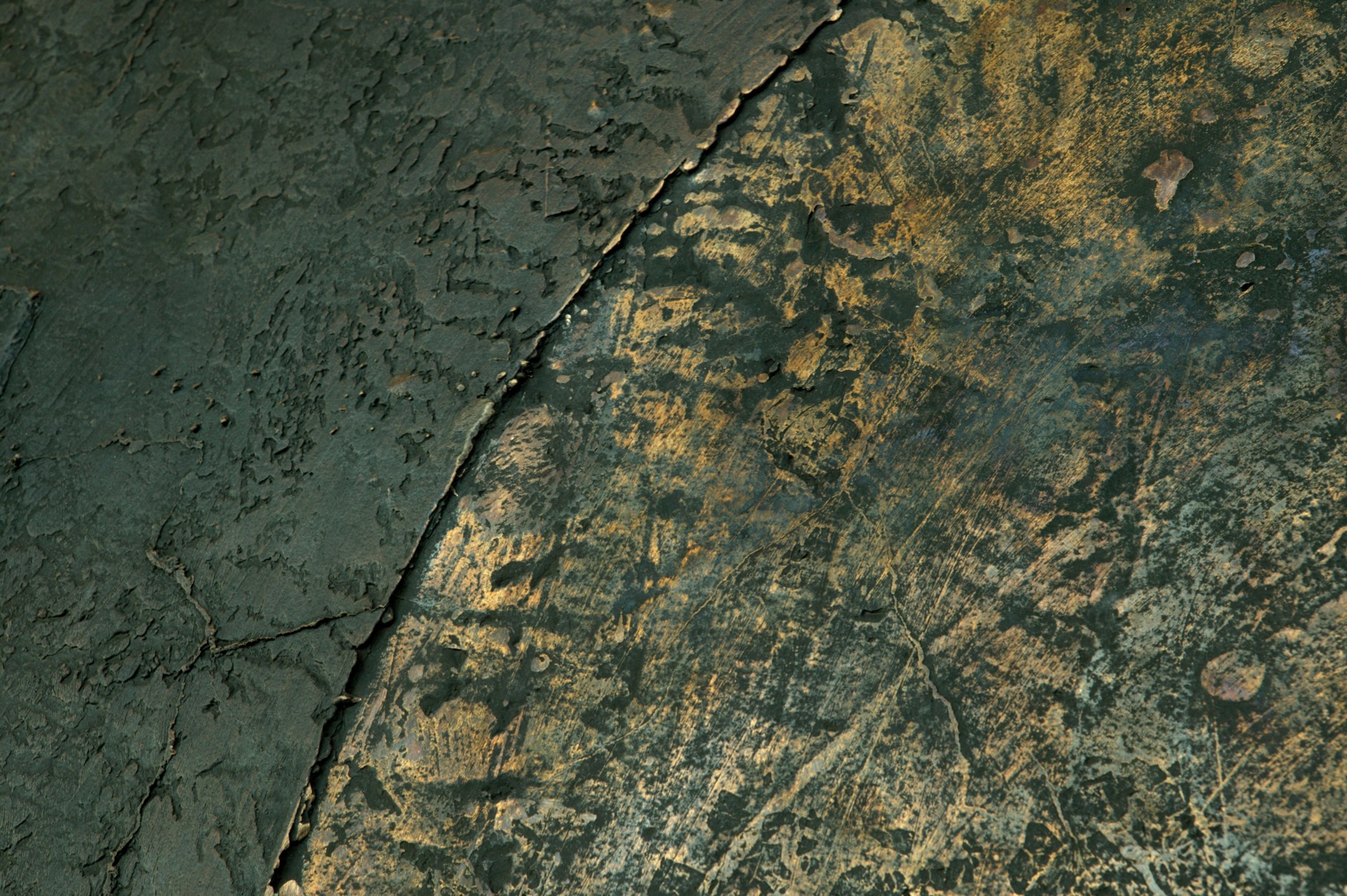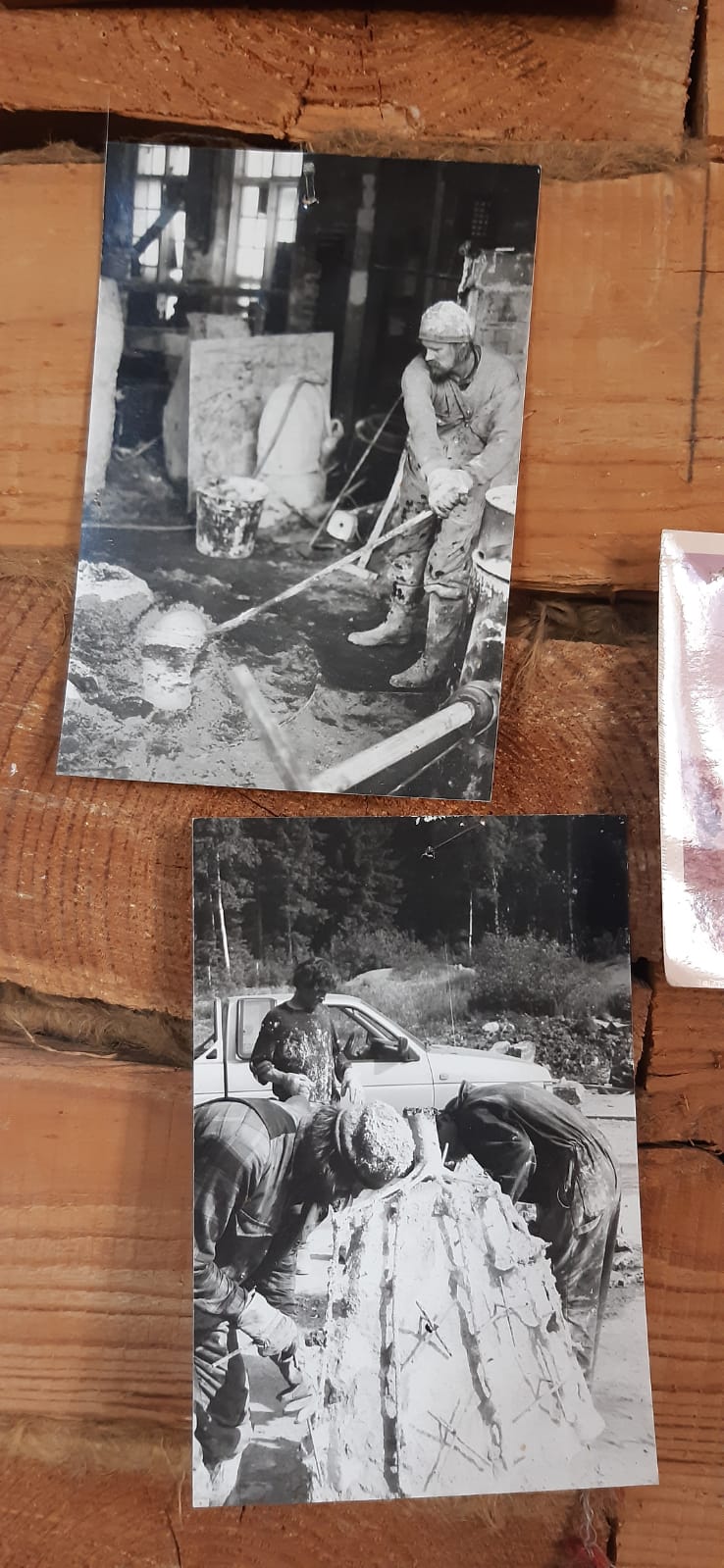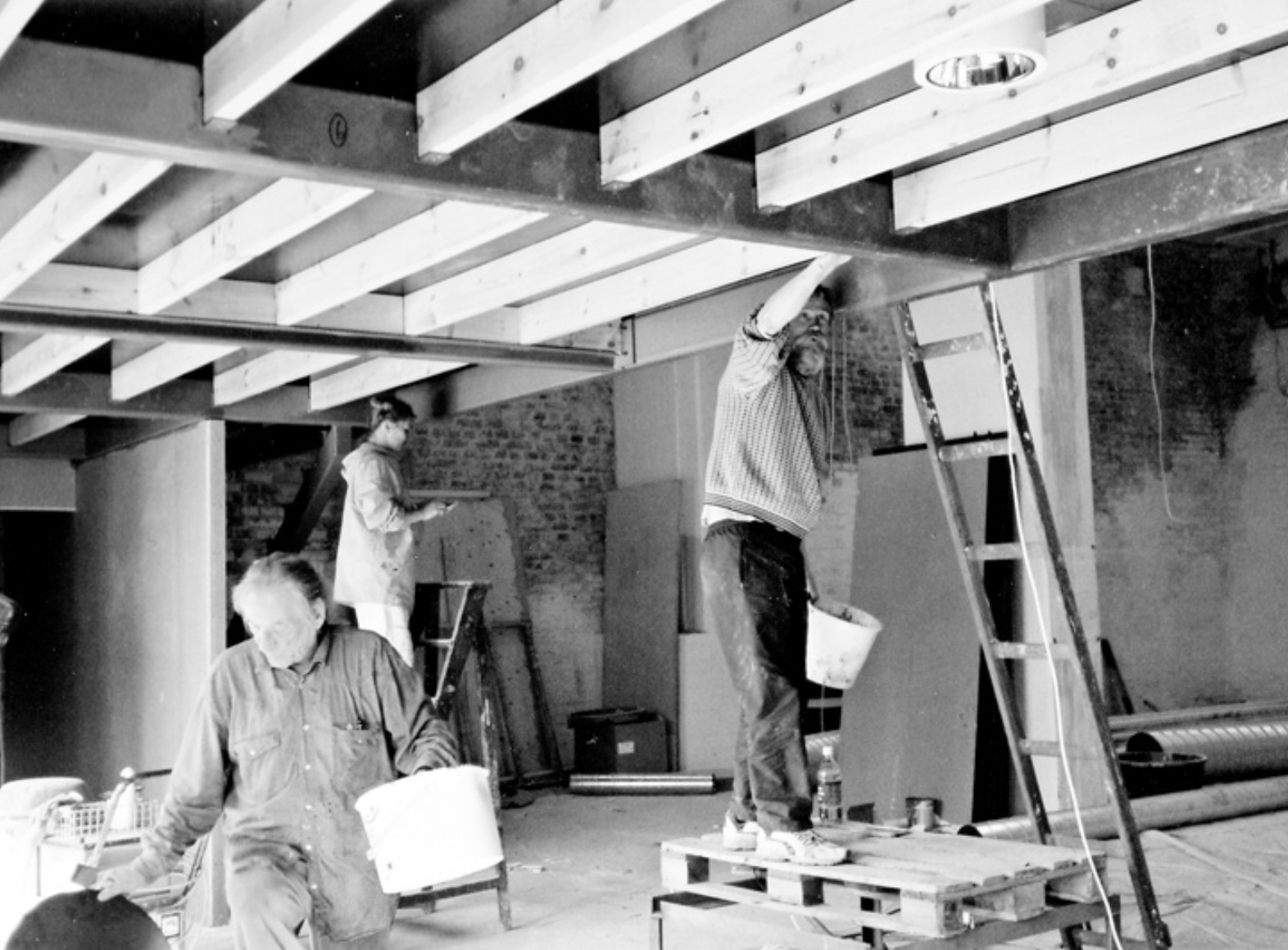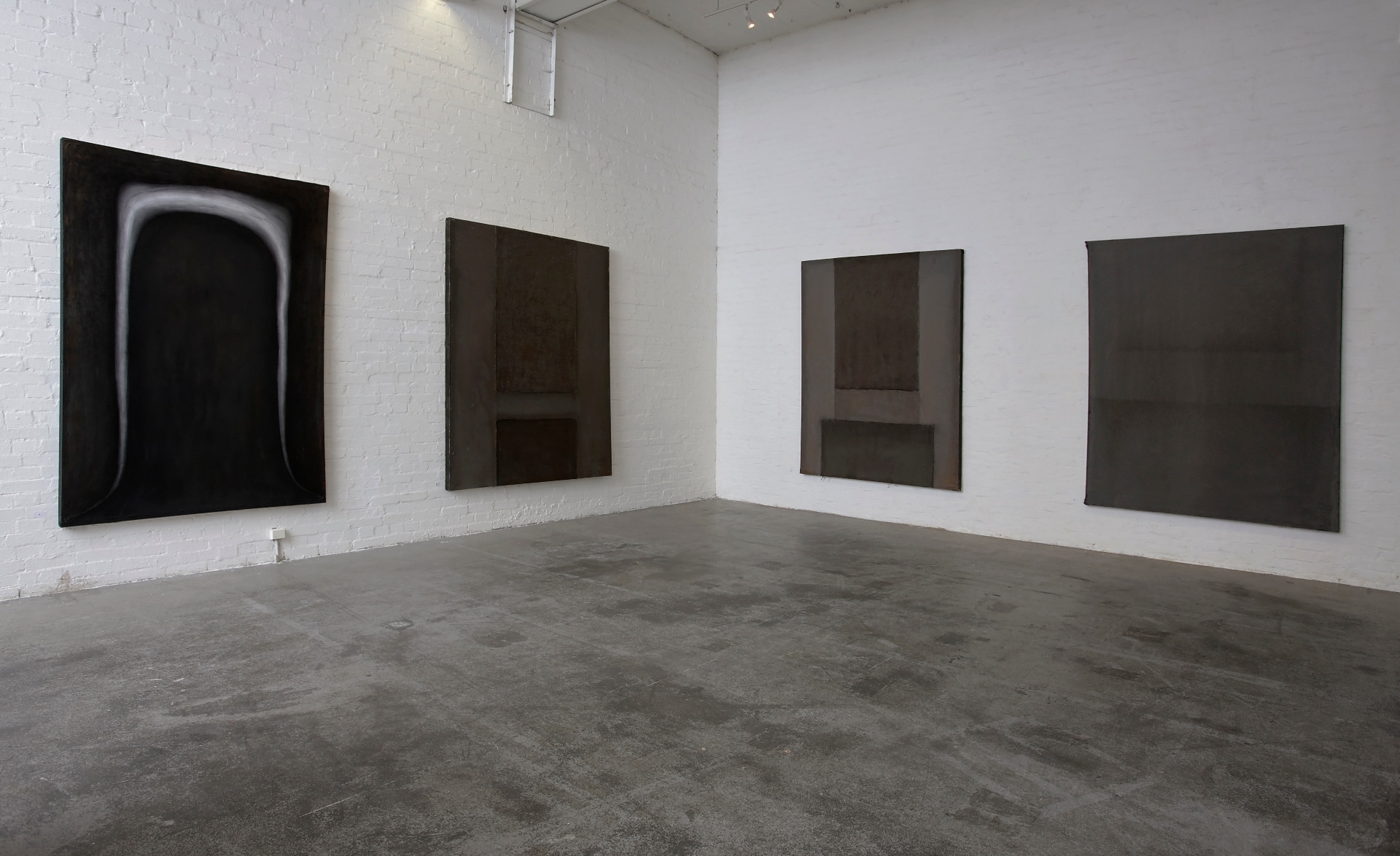
About the Artist
Pekka Pitkänen
Pitkänen was born in Jyväskylä, Finland in 1950.
Early years
The youngest of three brothers, Pitkänen's childhood was spent roaming the forests of Kypärämäki, central Finland. Jyväskylä at that time was still largely untouched nature. From a young age Pitkänen felt the call of creativity that would later on lead him to become one of the most notable Finnish sculptors and a master worker in the ancient techniques of bronze casting and sculpting. His early drawings of animals show a remarkable understanding of both perspective and form. "School I did not like. The only thing I wanted was to draw images. That was the only thing I thought about", Pitkänen says.
Arts were encouraged in the artist's childhood home. Drawing competitions between him and his father Reino were a regular event. A skilled craftsman, Reino had worked in a leather factory and later on undertook a decade long project of building his own small ship from steel in his garage. The white and blue vessel was named Ailikka, after Reino's wife Aili.
At the age of ten Pitkänen ran away from home to go on a voyage with a friend. The two boys sailed on a sailing boat alone from Jyväskylä to Lahti, some 140 kilometres distance as the crow flies, stealing potatoes from a field they spotted and fishing to have something to eat. The boys jumped from the deck to cool waters of the lake Päijänne and docked for a night on an island filled with iron age graves. While his friend took a light hearted approach to the graves and fooled around, Pitkänen told him not to disturb the burial site and to let them lay in peace. "That night as we sat around the small campfire we had built my friend suddenly went white on the face and said that he can feel ghostly arms touching him", Pitkänen recalls.
Pitkänen did not think to notify his parents of this expedition -after all, the world was full of wonders to discover. This journey is something that can still be seen echoed in Pitkänen's work in his sculptures about lighthouses and sails. And perhaps the experience among the iron age graves left its mark too -there is an undeniable, enigmatic, archaic emotion to the artist's work.
Pitkänen's artistic gifts were noticed by a teacher who allowed the young man to attend evening classes despite his young age. The journey to the school was some two hours on skis each way. He was an enthusiastic pupil and showed up to class every night without fail. The other students were much older but the young artist-to-be did not let this stand on his way. He soaked up information like a sponge.
Animals and nature were always important to Pitkänen. At the age of 20 he sculpted a life size concrete work of the family's collie dog Loli. The statue is still on its place under a massive larch tree, watching over the house where the artist grew up.
From furnace to the Academy of Fine Arts
Aged 17, Pitkänen started working at the Valmet factory, a manufacturer of tractors. It was here that he first saw the gigantic furnace in which metal was smelted. The primitive, raw force of the burning furnace and hot glowing, molten metal ignited a love affair that would determine the direction of Pitkänen's career as an artist. He left Valmet behind to work as a gardener as he enjoyed the outdoors but the spark remained and the budding artist began to experiment on smelting bronze in his parents' garden. He proceeded from numerous tests to success, finally casting small statues on his own.
He enrolled on the Academy of Fine Arts in Helsinki. From his fellow students many went on to lead successful, lengthy careers as artists. A few such names are painter Kalervo Palsa, sculptors Matti Peltokangas and Pekka Kauhanen.

The master and the apprentice
Pekka Pitkänen became the apprentice of the renowned Finnish sculptor Kain Tapper at the age of 27, on his final year of studying in the Academy. The relationship between the two artists soon formed into a deep friendship that would last until the passing of Tapper in 2004. Pitkänen later held an exhibition in honor of his friend to which he drew dozens of portraits of Tapper.
The career takes off
Pitkänen's unique, archaic style struck a chord. His first exhibition in galerie Sculptor in Helsinki was received well by the public and critics alike.
Pitkänen received a ten-year, five-year and three-year grants from the state.
His works are in numerous collections in Finland and abroad.
Forum Box
A discussion between Kain Tapper and Pitkänen in 1996 about the state of the galleries in the capital region initially led to the founding of gallery Forum Box in Helsinki. A small group of artists renovated the former cold storage room into a spacious gallery. The renovation was designed by the architect, professor Juhani Pallasmaa. The first exhibition in the space was a collaborative exhibition with KIASMA museum of contemporary art Helsinki in 1999.
Forum Box is a non-profit, artist run co-operative society that has over 100 members.

Experiments with materials
After decades of working with bronze, Pitkänen turned to leather. The material was familiar to him from his childhood when he would accompany his father to the leather factory. "I waded in the piles of leather as a toddler. I can still remember how it smelled", the artist says. "But I also pulled some pranks; the men at the factory were working stitching the leather on the big machines and I would watch the long threads that went in the sewing machines and discreetly tie them in knots. Then I waited until someone started cussing, thinking what is wrong with the machines again today. It took a long time for them to realise it was me doing that and I had a lot of fun."
Experiments with wood and leather lead Pitkänen to a candid exploration. He took up sack cloth, earth pigments and iron sand. The resulting large sized reliefs on canvas became a series of works rooted in the world of the Finnish epic Kalevala. Later on his relief work relates to the universe and human thought -and a flock of magpies. These small sized reliefs, about a hundred in total, were studies of the magpies that live in the artist's garden. "One day I had put out some fish but the magpies just turned their beaks at it and would not have any of it. I am very disappointed in you, I said to them. After that I started to make the magpie reliefs and in them slowly the magpies started to look more and more like fish."

The shaman and his legacy
Pekka Pitkänen has been called a shaman and this title fits him quite well. Regardless of the changing materials a mystic quality in his work is ever present.
Pitkänen's two children, daughter Veera Kaamos (b. 1984) and son Kalle (b.1994) continue in their father's footsteps, learning the techniques and principles of bronze work. During summer they cast sculptures on Pitkänen's yard in Sipoo, southern Finland under the watchful eye of the master sculptor. Pitkänen has also been teaching young sculptors studying in the Academy of Fine Arts Helsinki on how to cast bronze as the academy no longer teaches this art.
Pitkänen lives and works in a large wooden house and the surrounding grounds, a former school building dating to the year 1927 that the artist has lovingly restored using traditional building methods and materials.
Other residents are the many birds and the occasional raccoon dog he feeds in his garden. At the bottom of the garden the numerous gone-but-never-forgotten furry family members are resting in a small pet cemetery.
In 2025 Pitkänen was elected as a honorary member of the Finnish Sculptors' Union. Pitkänen also has been awarded a supplementary artist pension from Arts Promotion Center Finland Taike, a recognition of an outstanding contribution to the creative arts.